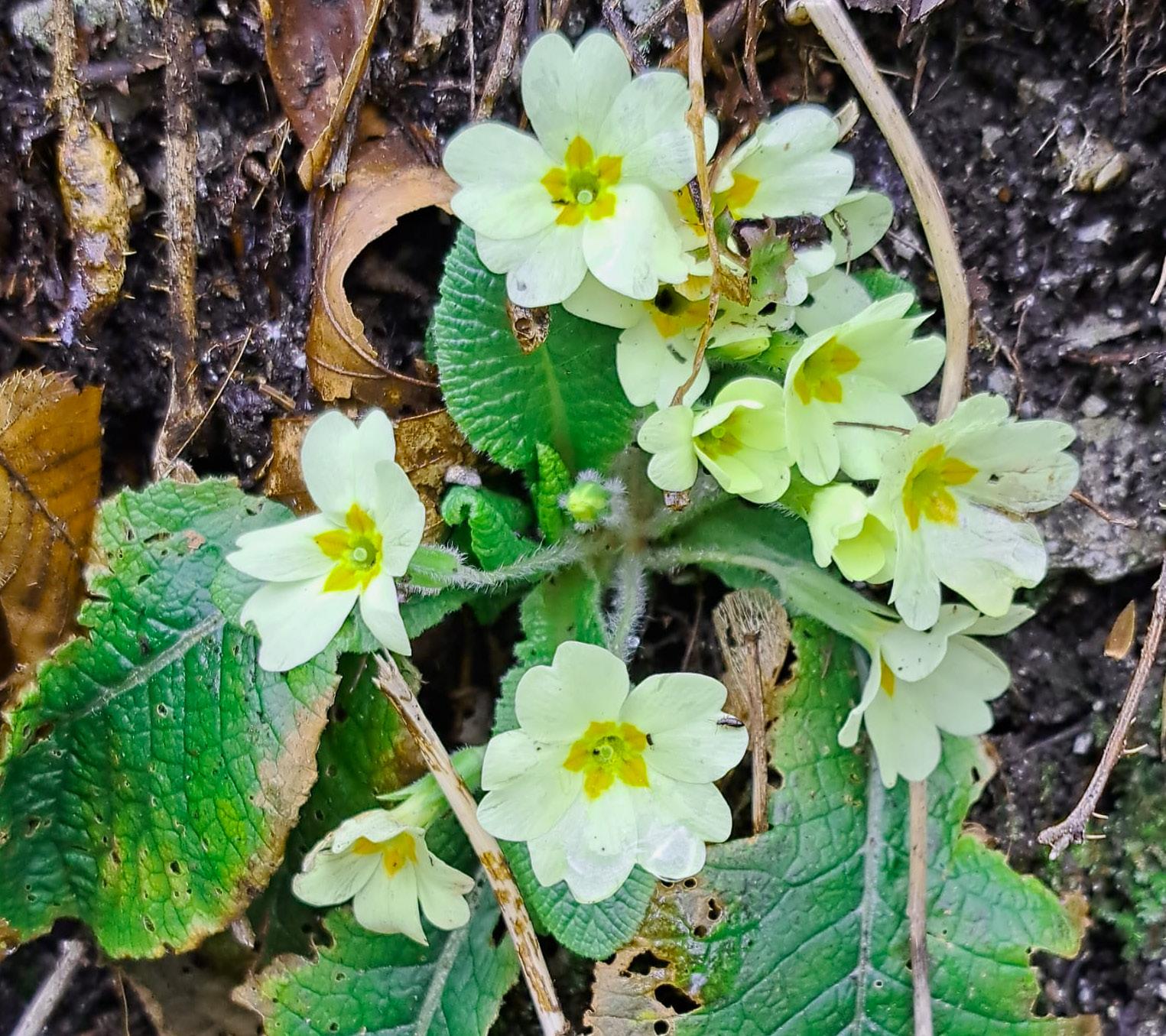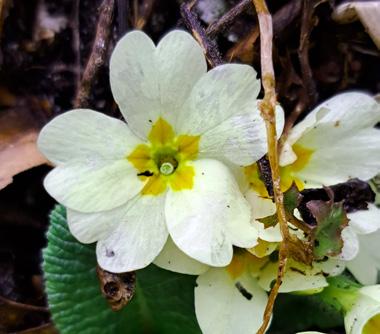
2 minute read
medicinal plants photo herbarium Primrose
Primrose has a long history of medicinal use, and today it is most commonly used as an expectorant and secretolytic, especially for coughs with difficult expectoration, chronic bronchitis, and asthma, due to its content of saponins, which stimulate the thinning of secretions in the respiratory tract and thus expectoration.
Common primrose or primrose (Primulavulgaris Huds.) is a perennial herbaceous plant of low growth. It is one of the first plants that begin to bloom in spring. It’s root is brown and short. The leaves are flat and arranged in a rosette. The flowers are bisexual, large, and about 3 cm in size. They are located on long stalks covered with protruding hairs. They have five petals and are light yellow in color, and closer to the middle are colored in bright yellow. The calyx is cylindrical, about 15 mm long, and made of 5 mutually fused lobes. The whole plant is covered with hairs. The fruit is a round cocoon containing brown, warty seeds about 23 mm long. 3
Advertisement
Primroses bloom for about a month, from the end of February until May.
Primrose naturally grows in the countries of southwestern and southern Europe, northern Africa, and southwestern Asia. It grows in sunny habitats, on fresh, loose, and nutritious, neutral to moderately acidic soils. We find it in dry meadows and clearings, in light forests, in orchards, next to bushes, and up to 1,200 m above sea level.
Primrose is a good honey plant because it provides pollen and some nectar to the bees. 3

Use for medicinal purposes
For medicinal purposes, we use the root (Primulae radix) and the flower (Primulae flos) with or without a calyx (cum or sinecalycibus).
The root should be collected in autumn after the plant has grown for two or three years.
Ingredients
The underground part of the stem contains2:
• triterpene saponins
• phenol glycosides (primulaverin)
• salicylic acid
The flower contains2:
• saponins
• flavonoids
• carotenoids (in petals)
• a small amount of essential oil and trace enzymes
Action and application
Primroses have a very long history of medicinal use, and have been used to treat conditions that include colic and rheumatic pain in particular. However, they are considered less effective than the related plant Primula veris
Primrose contains saponins that promote the dilution of secretions in the respiratory tract, and thus expectoration.
It is used as an expectorant and secretolytic in the respiratory tract diseases, in the form of extracts, infusions, decoctions, and most often syrups. It is especially recommended for coughs with more difficult expectoration, chronic bronchitis, and asthma.
It is often included in various tea mixes and syrups on the market.
References:
1 Flora Croatica database, hirc.botanic.hr
2 Josip Gelenčir, Jasenka Gelenčir: Atlas ljekovitog bilja, Publisher:: Prosvjeta Zagreb 1991.
3 Izvor: https://www.plantea.com.hr/jaglac/
TAXONOMY kingdom: Plantae order: Ericales family: Primulaceae genus: Primula species: Primulavulgaris common name primrose, common primrose, English primrose flowering time III, IV, V month









